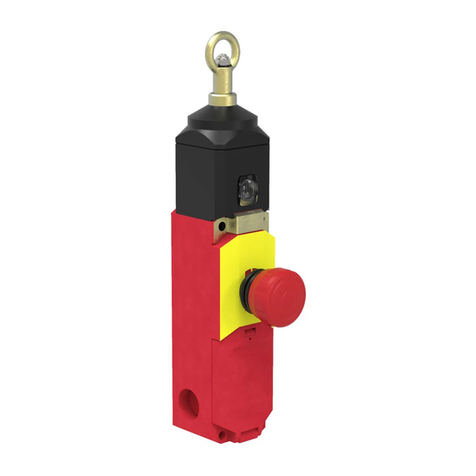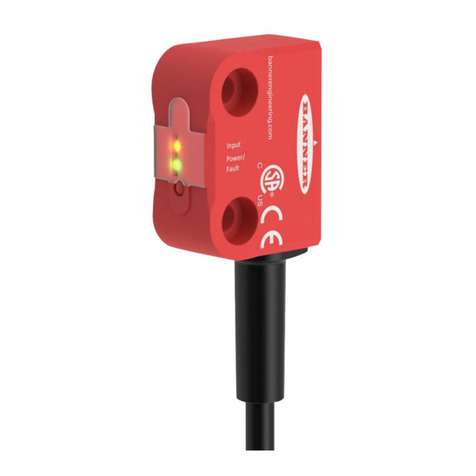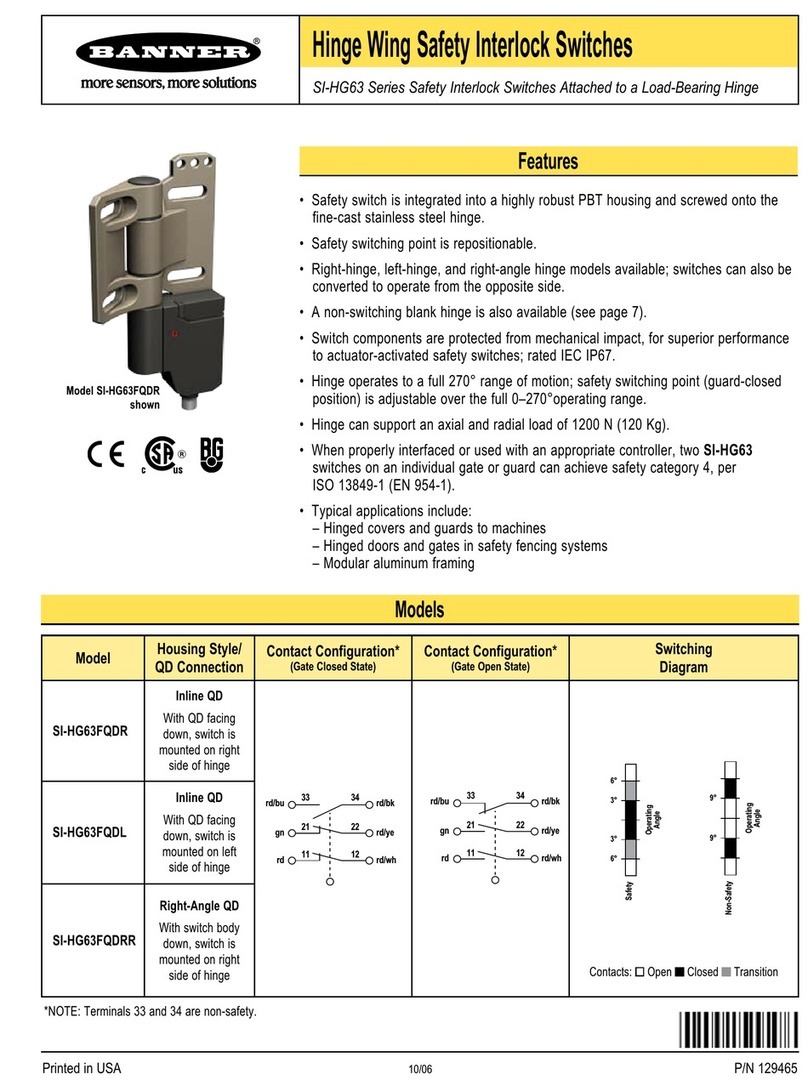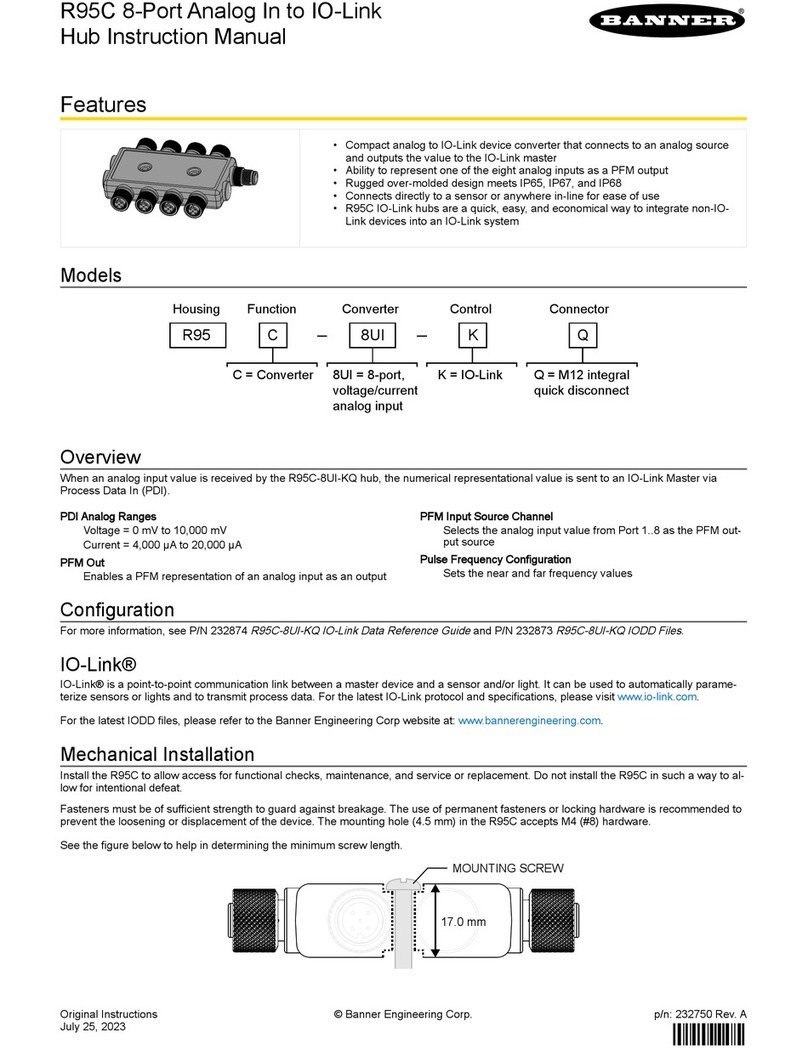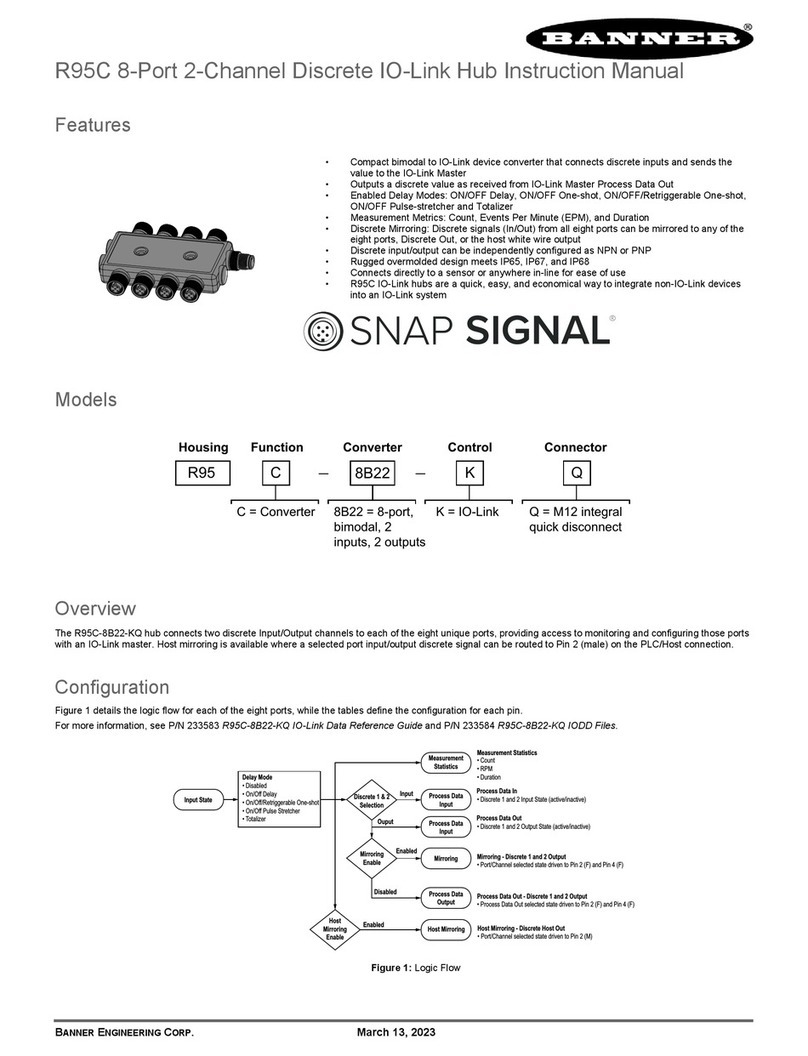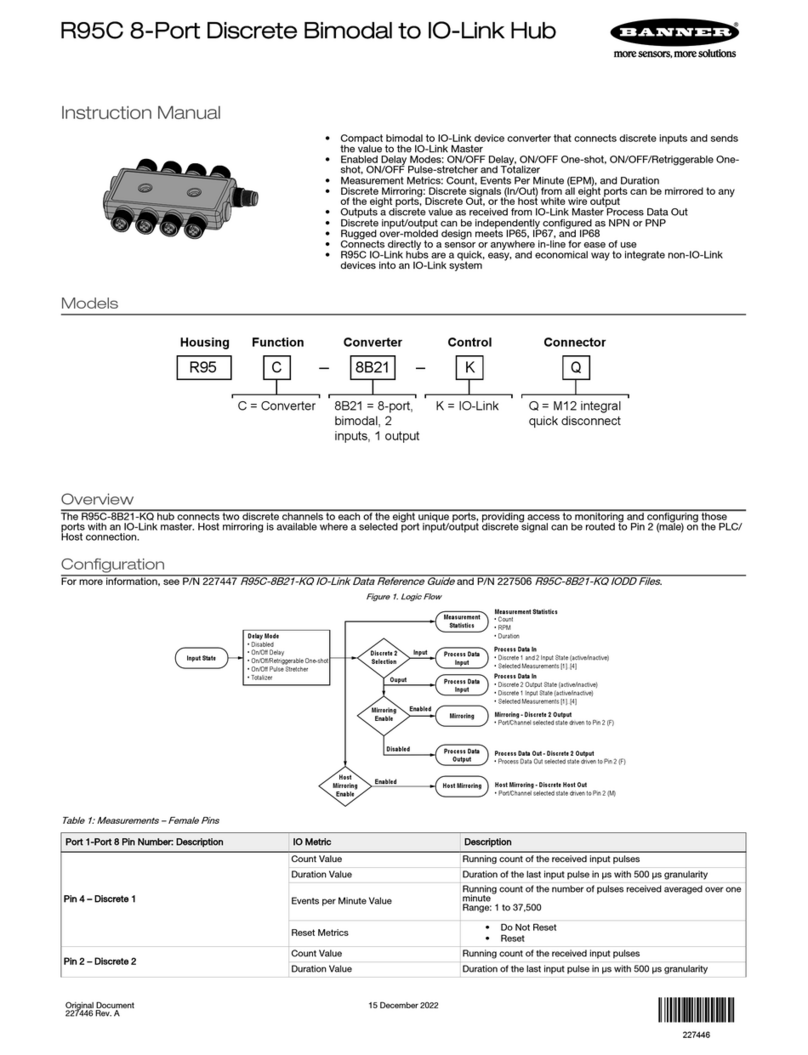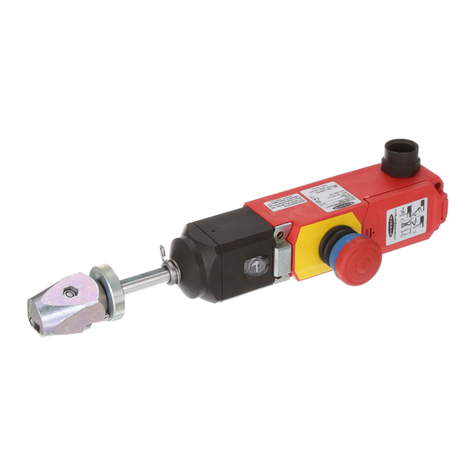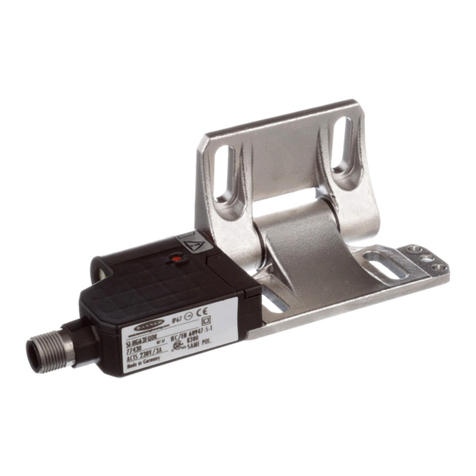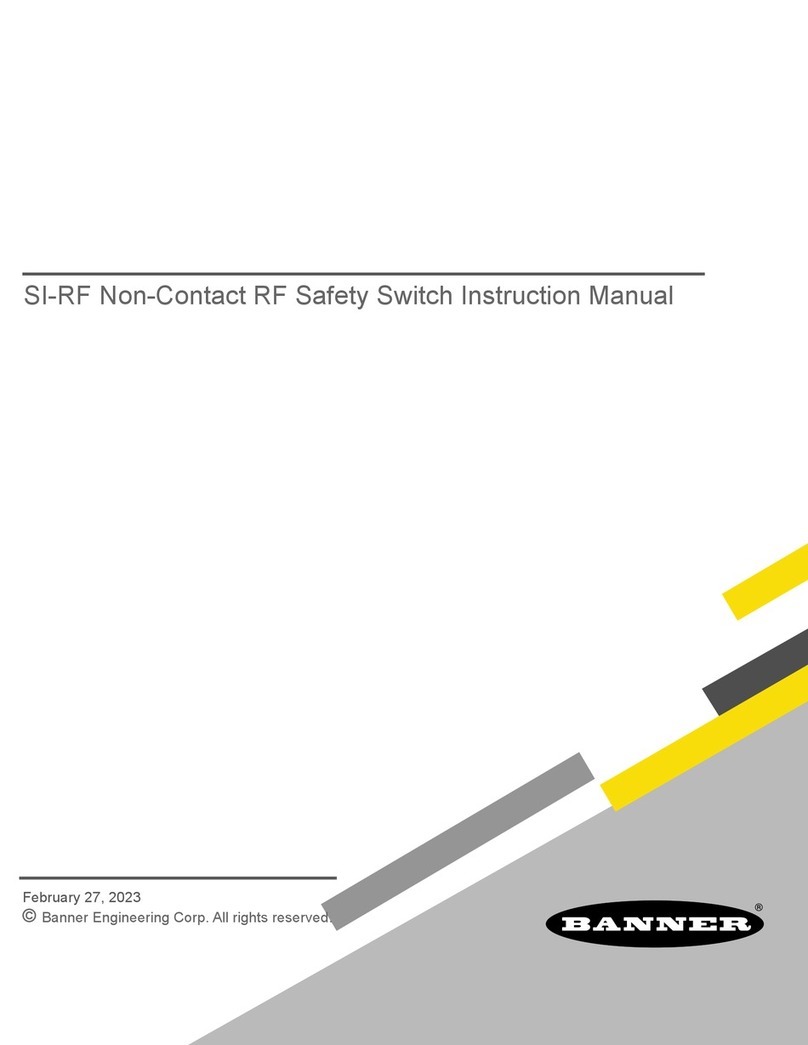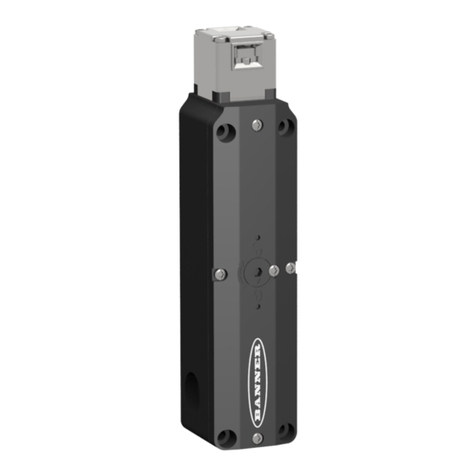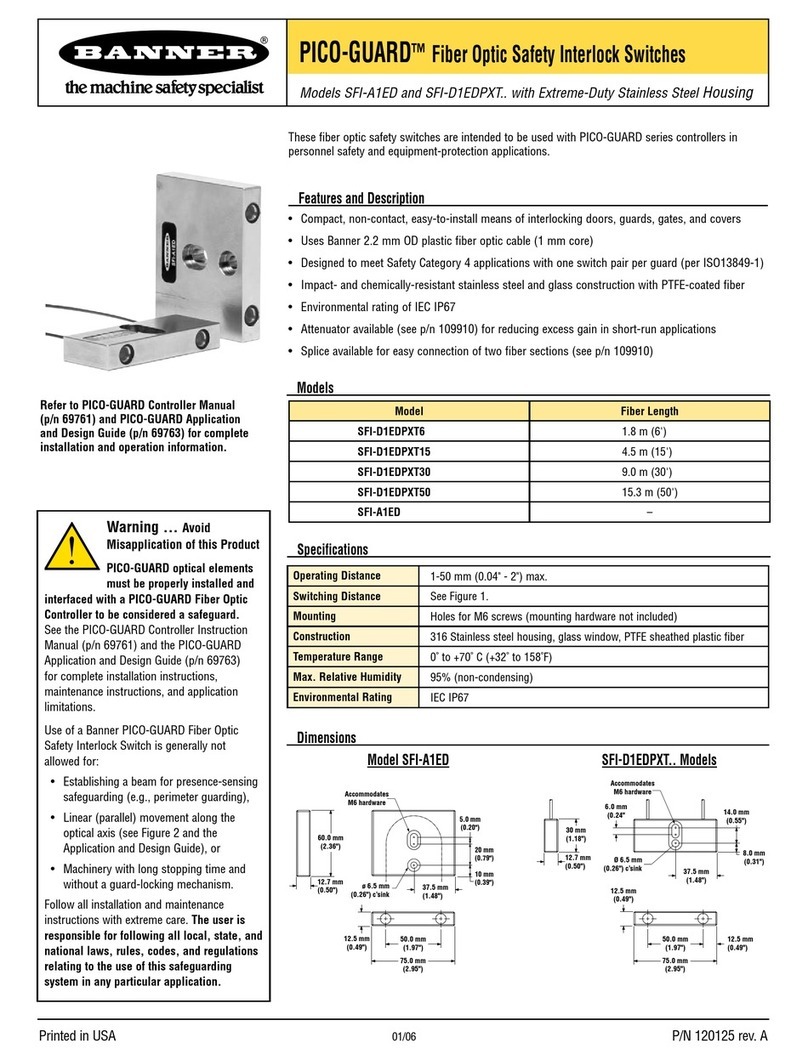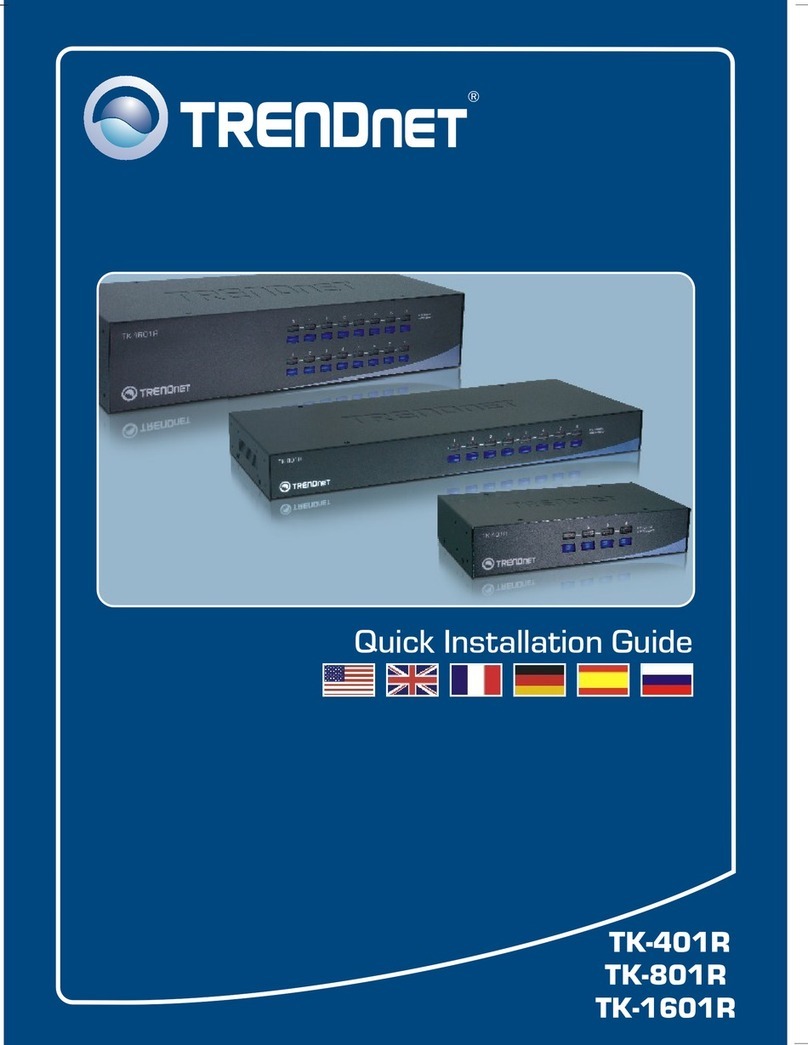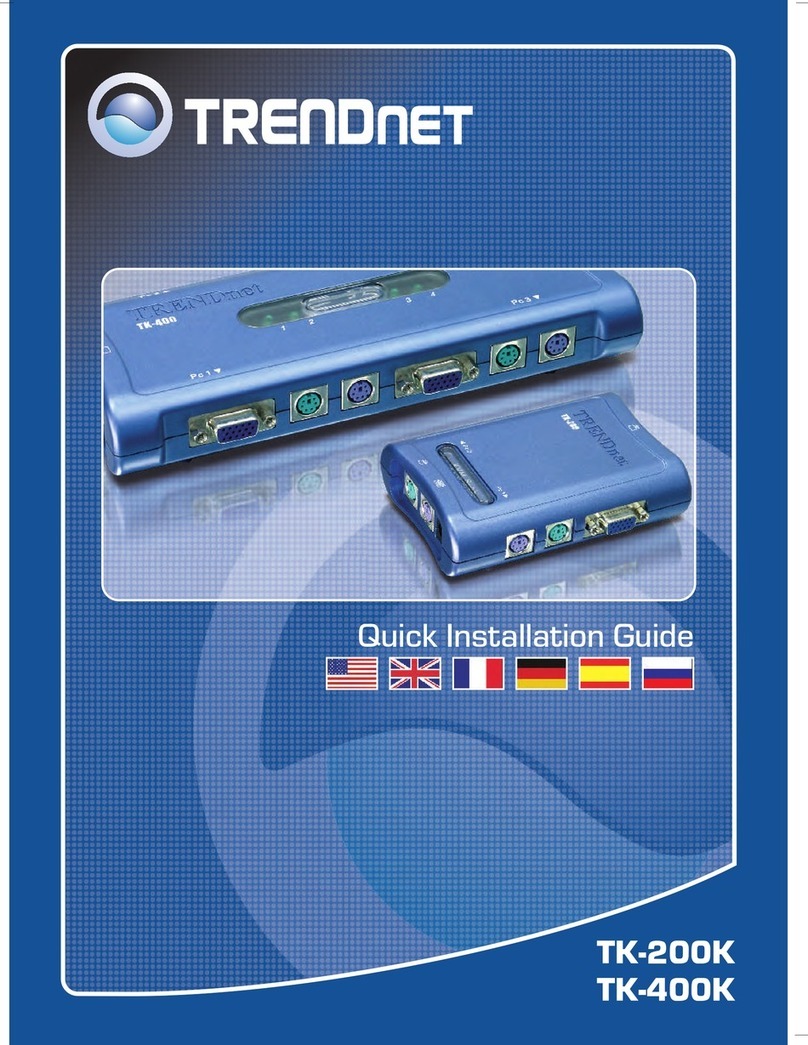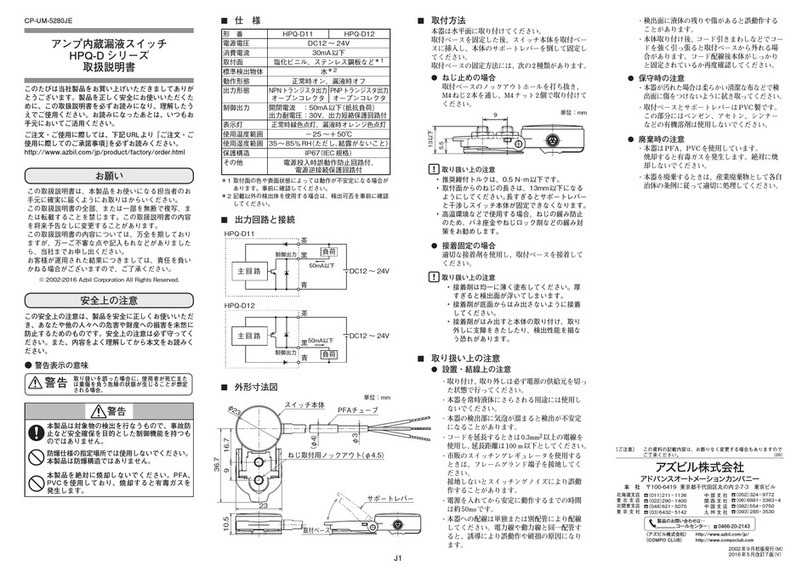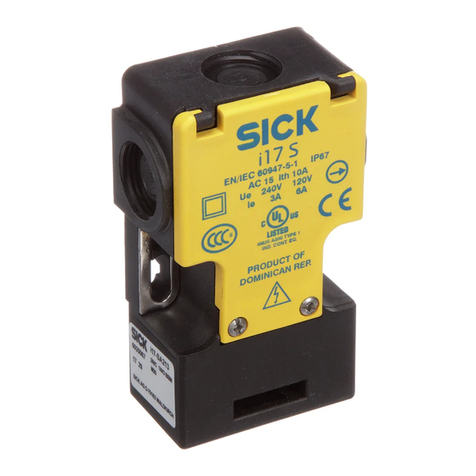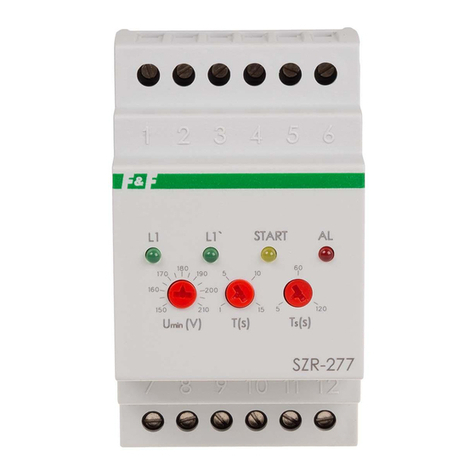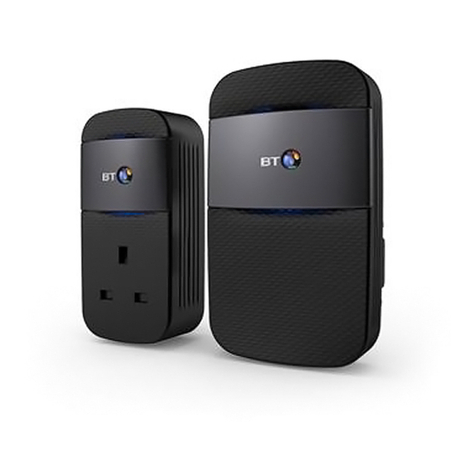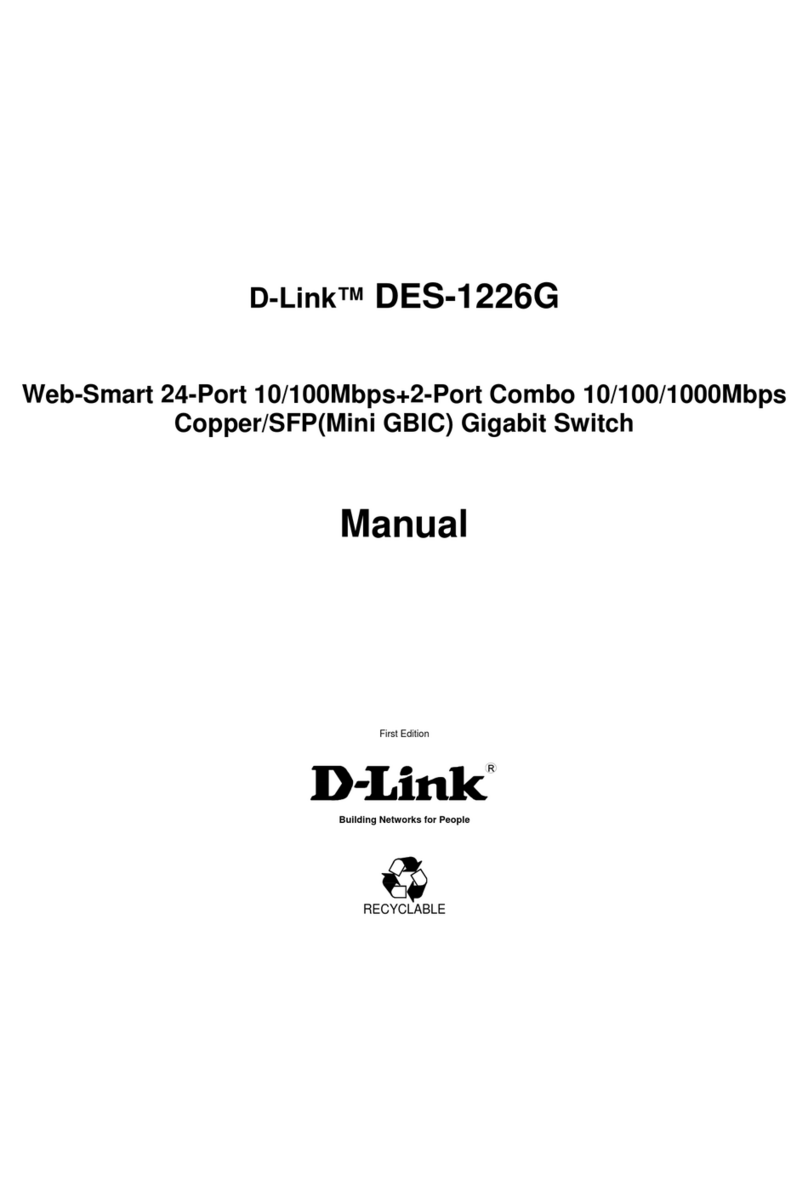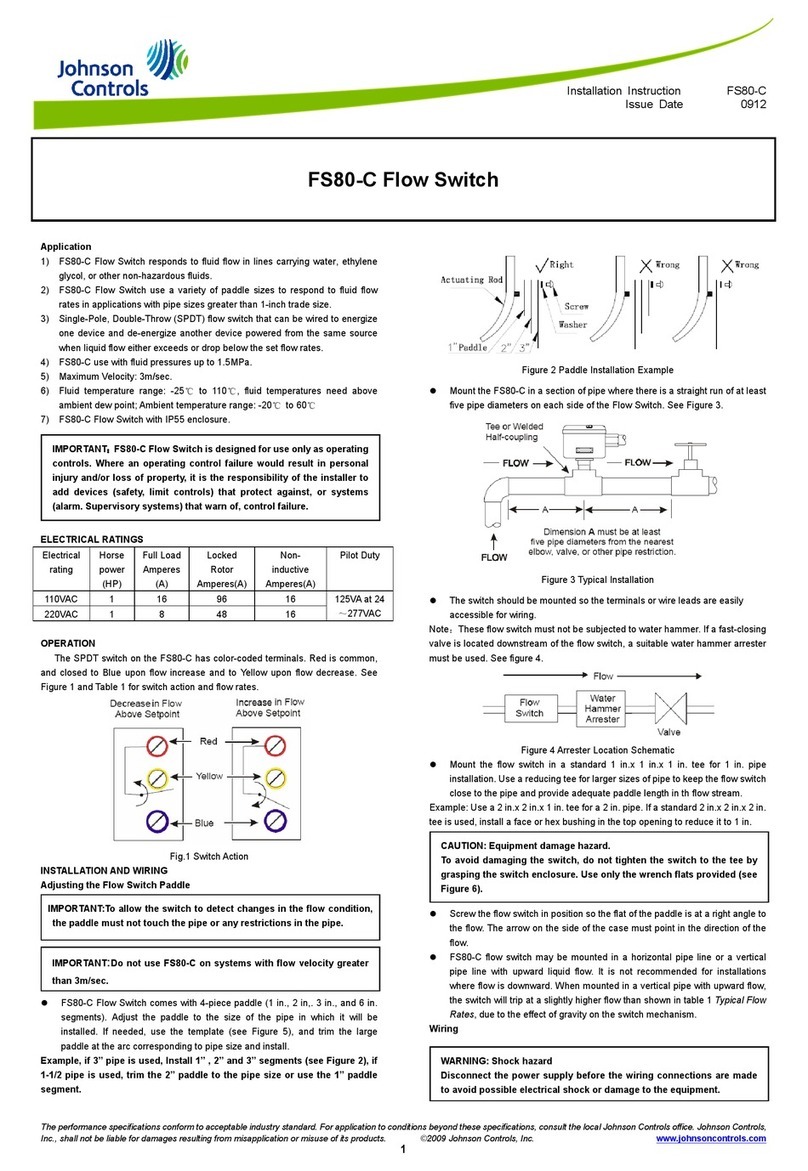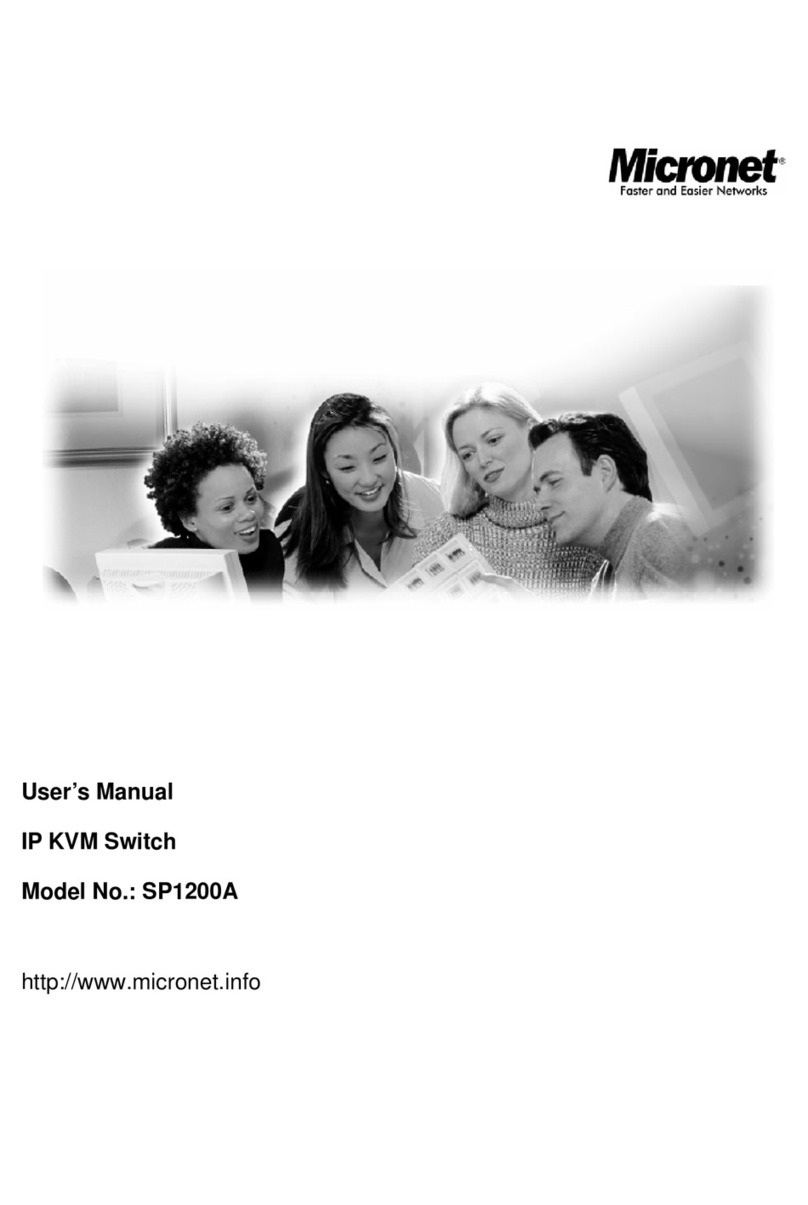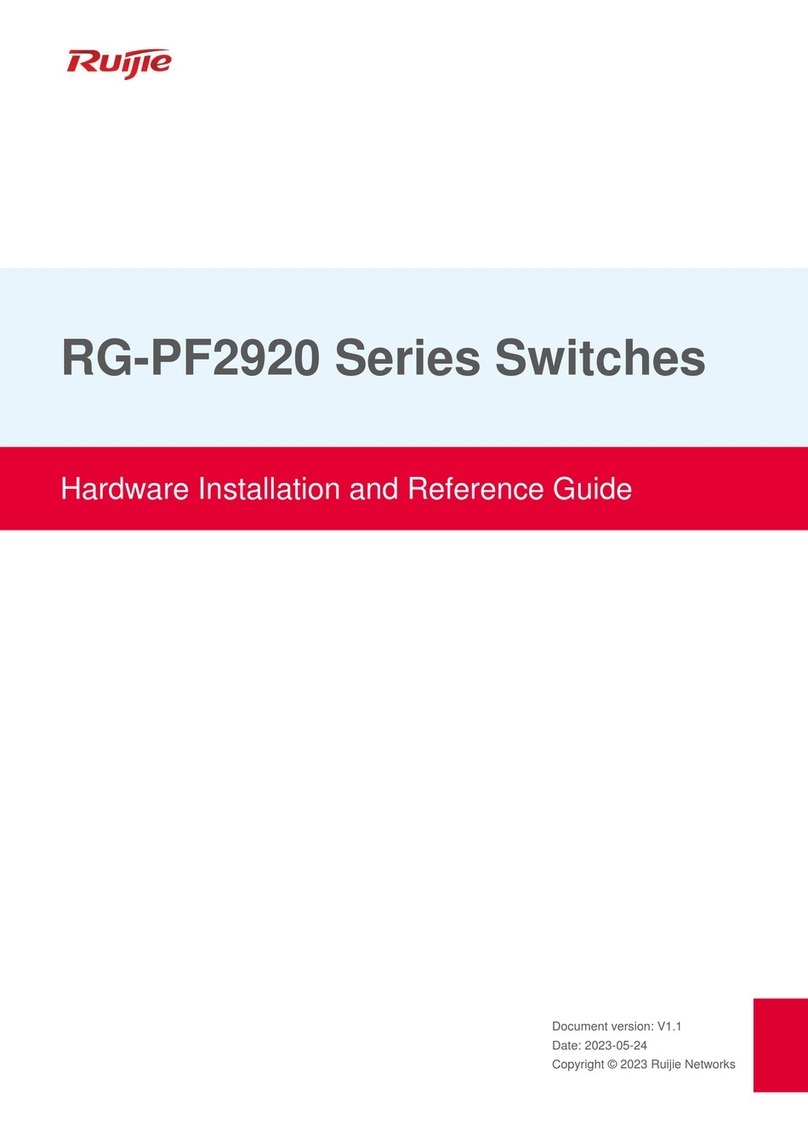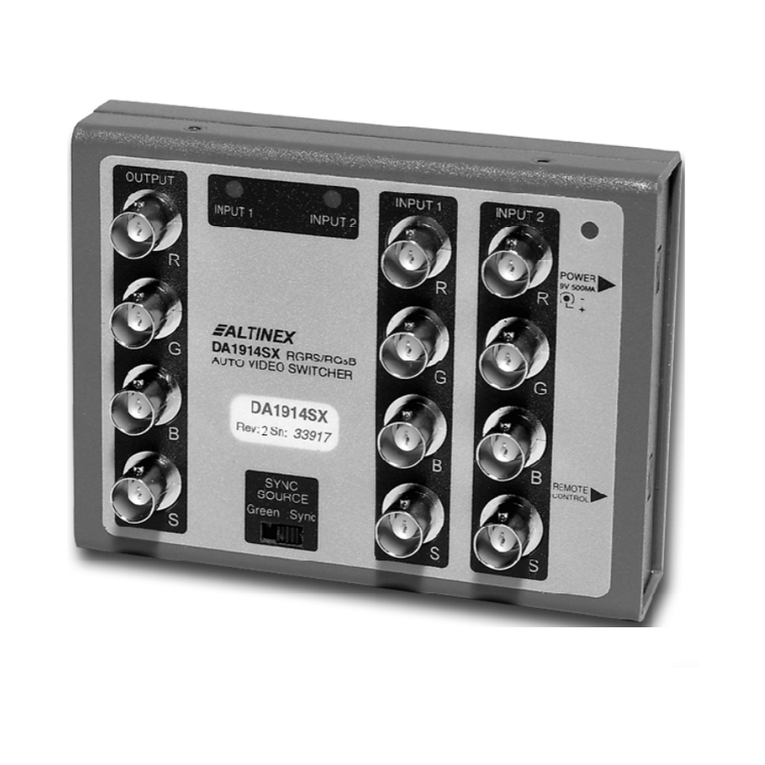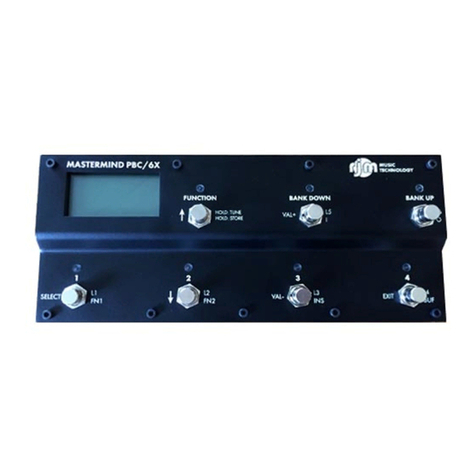
• BWA-HW-001: Mounng Hardware Kit, containing four M5-0.8 x 25mm SS screws, four M5-0.8 x 16mm SS screws, four
M5-0.8mm SS hex nuts, and four #8-32 x 3/4" SS bolts
• BWA-HW-003: PTFE tape
• BWA-9O2-C (900 MHz) or BWA-2O2-C (2.4 GHz): Antenna, 2 dBd Omni, Rubber Swivel RP-SMA Male. (Not included with
Internal antenna models)
• MQDC1-506: 5-Euro (single ended) straight cable, 2m (Not included with FlexPower devices)
• BWA-HW-011: IP20 Screw Terminal Headers (2 pack) (Included only with the IP20 DX80...C models)
• Product datasheet and product family Quick Start Guide (128185 for DX80 Gateways or 152653 for MulHop models)
Specicaons
Radio Range1
900 MHz, 1 Wa: Up to 9.6 km (6 miles)
2.4 GHz, 65 mW: Up to 3.2 km (2 miles)
Minimum Separaon Distance
900 MHz, 1 Wa: 4.57 m (15 )
2.4 GHz, 65 mW: 0.3 m (1 )
Radio Transmit Power
900 MHz, 1 Wa: 30 dBm (1 W) conducted (up to 36 dBm EIRP)
2.4 GHz, 65 mW: 18 dBm (65 mW) conducted, less than or equal to 20 dBm
(100 mW) EIRP
Spread Spectrum Technology
FHSS (Frequency Hopping Spread Spectrum)
Supply Voltage
10 V dc to 30 V dc (Outside the USA: 12 V dc to 24 V dc, ±10%) on the brown
wire, or 3.6 V dc to 5.5 V dc low power opon on the gray wire
For European applicaons, power this device from a Limited Power Source as
dened in EN 60950-1.
Power Consumpon
Master radio consumpon (900 MHz): Maximum current draw is < 100 mA and
typical current draw is < 30 mA at 24 V dc. (2.4 GHz consumpon is less.)
Repeater/slave radio consumpon (900 MHz): Maximum current draw is < 40
mA and typical current draw is < 20 mA at 24 V dc. (2.4 GHz consumpon is
less.)
Wiring Access
Four PG-7, One 1/2-inch NPT, One 5-pin threaded M12/Euro-style male quick
disconnect
900 MHz Compliance (1 Wa)
FCC ID UE3RM1809: This device complies with FCC Part 15, Subpart C, 15.247
IC: 7044A-RM1809
2.4 GHz Compliance (MulHop)
FCC ID UE300DX80-2400 - This device complies with FCC Part 15, Subpart C,
15.247
ETSI EN 300 328: V1.8.1 (2012-04)
IC: 7044A-DX8024
Communicaon Hardware (MulHop RS-485)
Interface: 2-wire half-duplex RS-485
Baud rates: 9.6k, 19.2k (default), or 38.4k via DIP switches; 1200 and 2400 via
the MulHop Conguraon Tool
Data format: 8 data bits, no parity, 1 stop bit
Housing
Polycarbonate housing and rotary dial cover; polyester labels; EDPM rubber
cover gasket; nitrile rubber, non-sulphur cured buon covers
Weight: 0.26 kg (0.57 lbs)
Mounng: #10 or M5 (SS M5 hardware included)
Max. Tightening Torque: 0.56 N·m (5 lbf·in)
Interface
Two bi-color LED indicators; Two buons; Six character LCD
Antenna Connecon
Ext. Reverse Polarity SMA, 50 Ohms
Max Tightening Torque: 0.45 N·m (4 lbf·in)
Packet Size (MulHop)
900 MHz: 175 bytes (85 Modbus registers)
2.4 GHz: 75 bytes (37 Modbus registers)
Intercharacter Timing (MulHop)
3.5 milliseconds
Discrete Inputs
Rang: 3 mA max current at 30 V dc
Sample Rate: 40 milliseconds
ON Condion (NPN): Less than 0.7 V
OFF Condion (NPN): Greater than 2 V or open
Analog Inputs
Rang: 24 mA
Impedance: Approximately 22 Ohms2
Sample Rate: 1 second
Accuracy: 0.1% of full scale +0.01% per °C
Resoluon: 12-bit
Discrete Outputs
ON Condion: Less than 0.7 V
OFF Condion: Open
Discrete Output Rang (MulHop NMOS)
Less than 1 A max current at 30 V dc
ON-State Saturaon: Less than 0.7 V at 20 mA
Environmental Rang
IEC IP67; NEMA 6 3
1Radio range is with the 2 dB antenna that ships with the product. High-gain antennas are available, but the range depends on the environment and line of sight. Always verify your wireless network's
range by performing a Site Survey.
2To verify the analog input's impedance, use an Ohm meter to measure the resistance between the analog input terminal (AIx) and the ground (GND) terminal.
3Refer to the Sure Cross®MulHop Product Instrucon Manual (p/n 151317) for installaon and waterproong instrucons.
Sure Cross®MulHop Data Radio
P/N 152416 Rev. H www.bannerengineering.com - Tel: +1-763-544-3164 7
